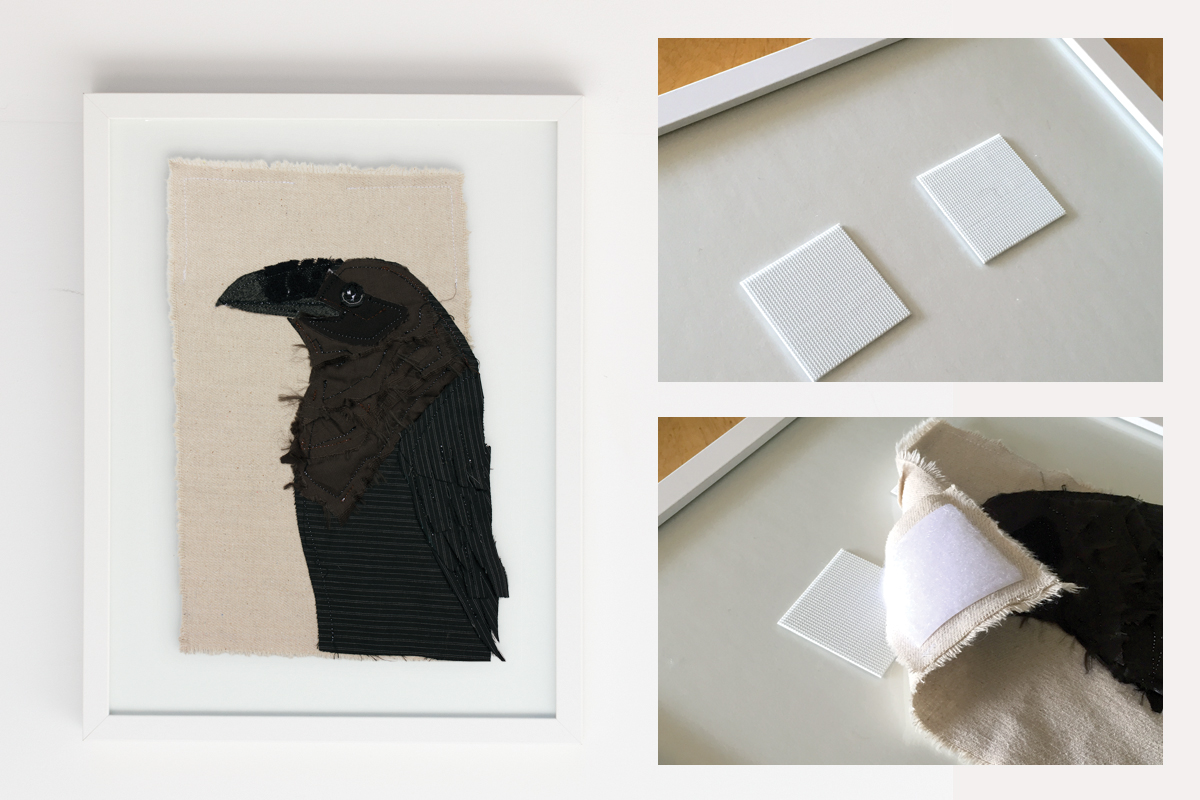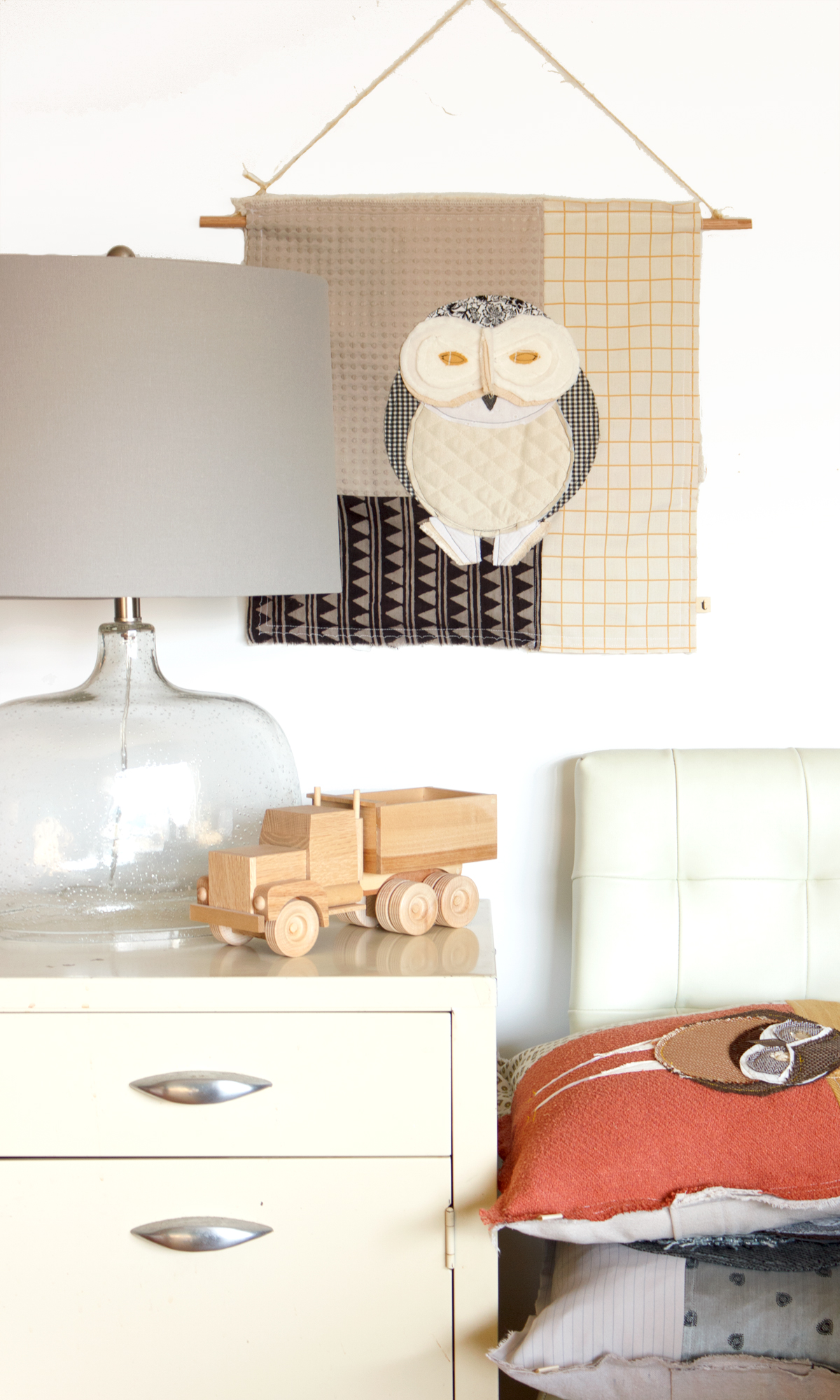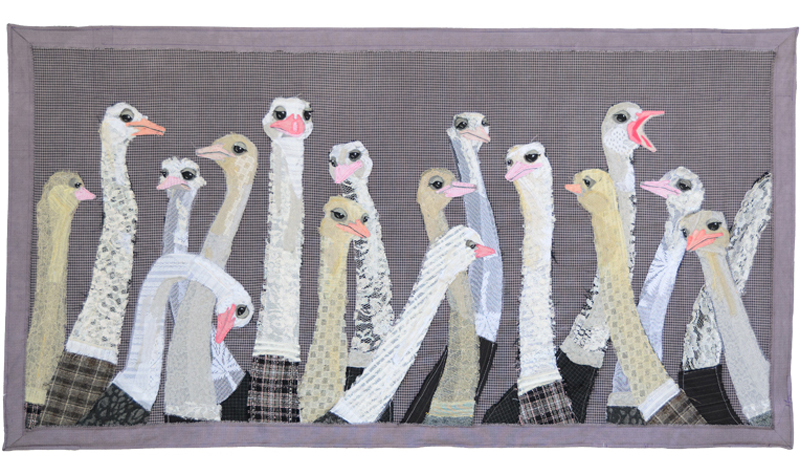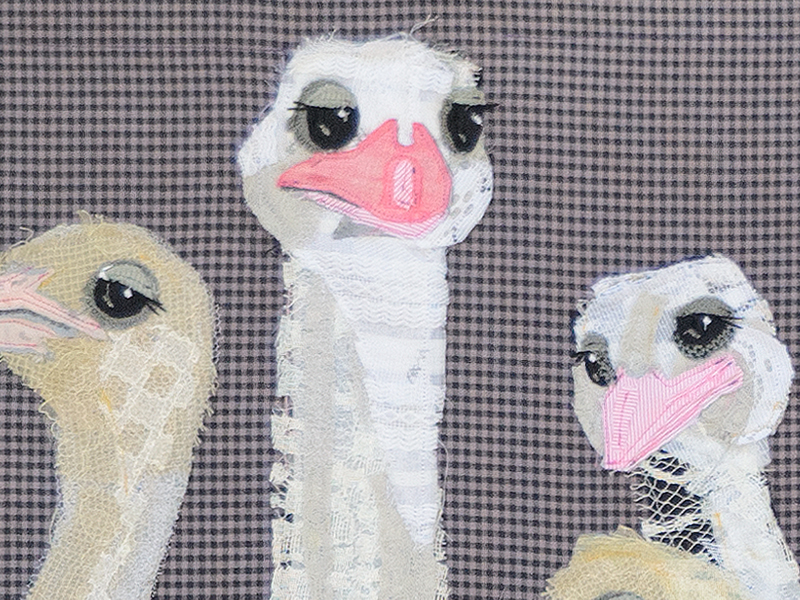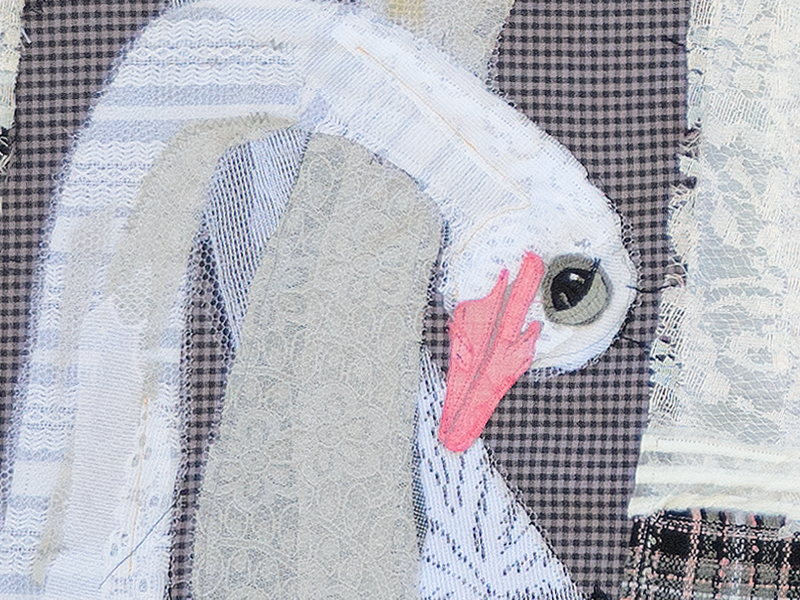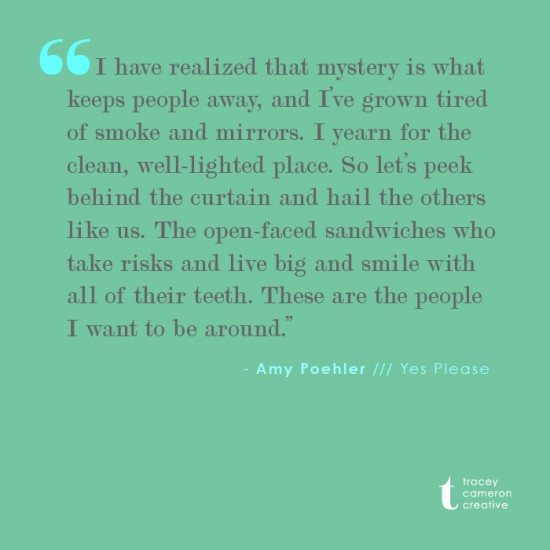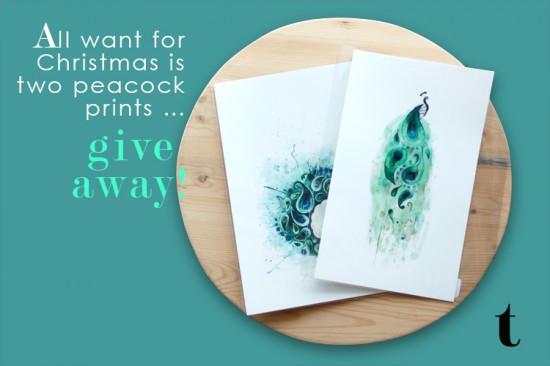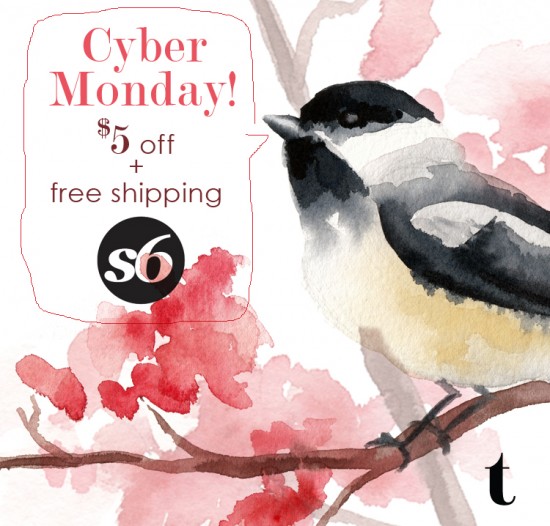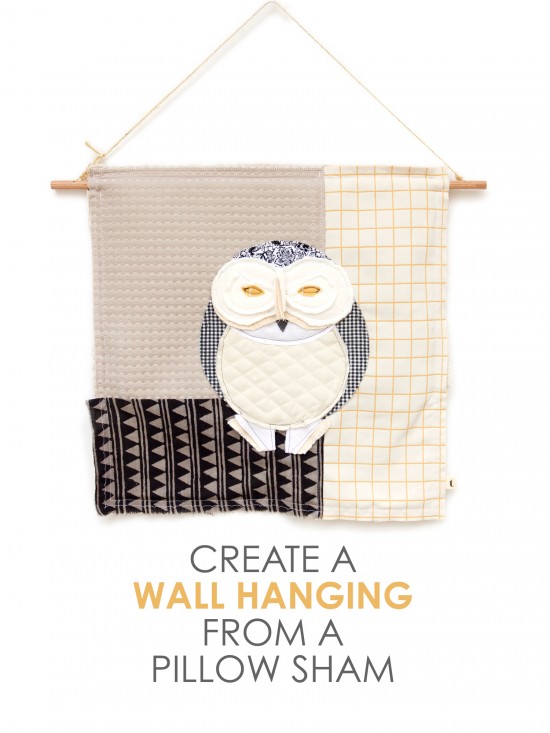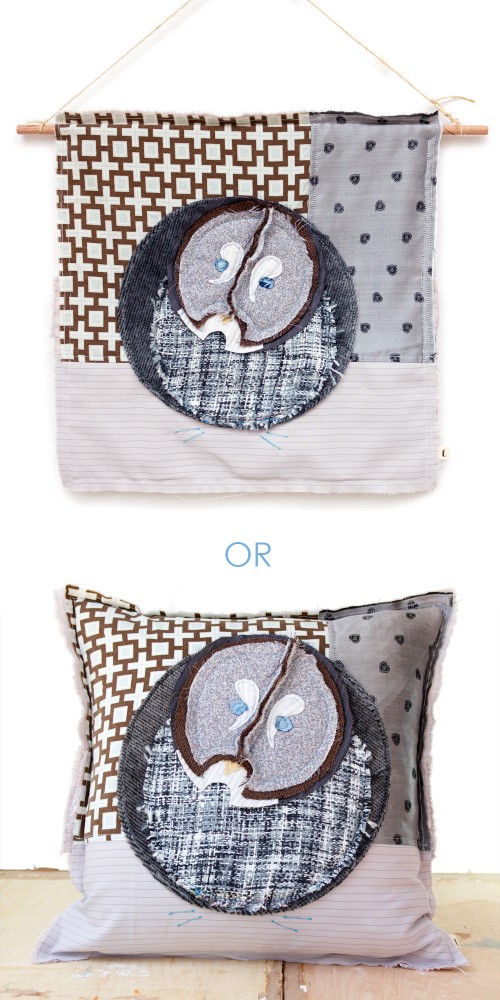While the world has been locked away in our homes, physically distancing and wondering how everything could change in a few months’ time, I have been in my studio. I’m calling the last three months my Covid Art Residency and it’s actually been a joy for me. I realize I shouldn’t take pleasure in the midst of so much sickness and global unrest, but you have to appreciate the beauty of the sunset even when the world is burning right. Ever since I finished my house reno, and dedicated myself back to art, I have been waiting to try something new. I started out as a watercolour painter and I still love the liquid, unpredictable, fluidity of a good watercolour bleed; and wanted to incorporate that into my textile work. I started off March by buying a bunch of paints, dye and fabric with the intention to just experiment. Sometimes experimenting in the studio is like playing and other times it’s like banging your head against the wall trying to create the “vision” in your head. Maybe it was because of the addition of the stressful times but this experimentation was more painful than anticipated. In the end though I discovered organza and how it takes dye really well but doesn’t bleed too much. I worked with a few pieces incorporating watercolour painting on organza and like how things are turning out but there is still more experimenting to be done!
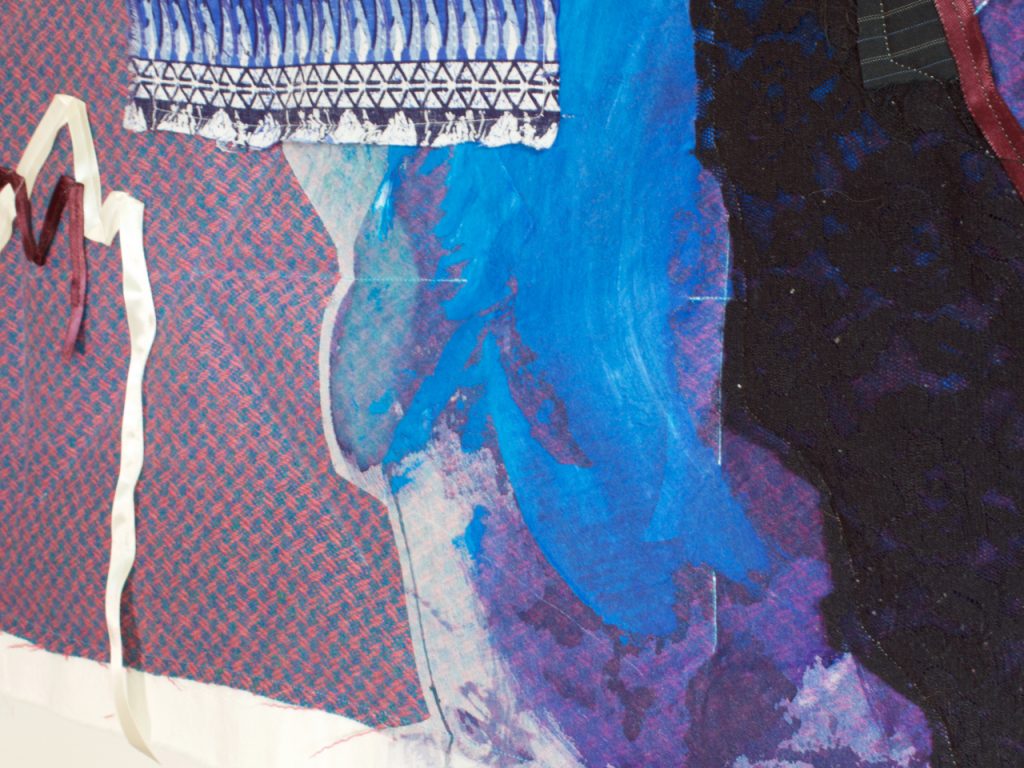

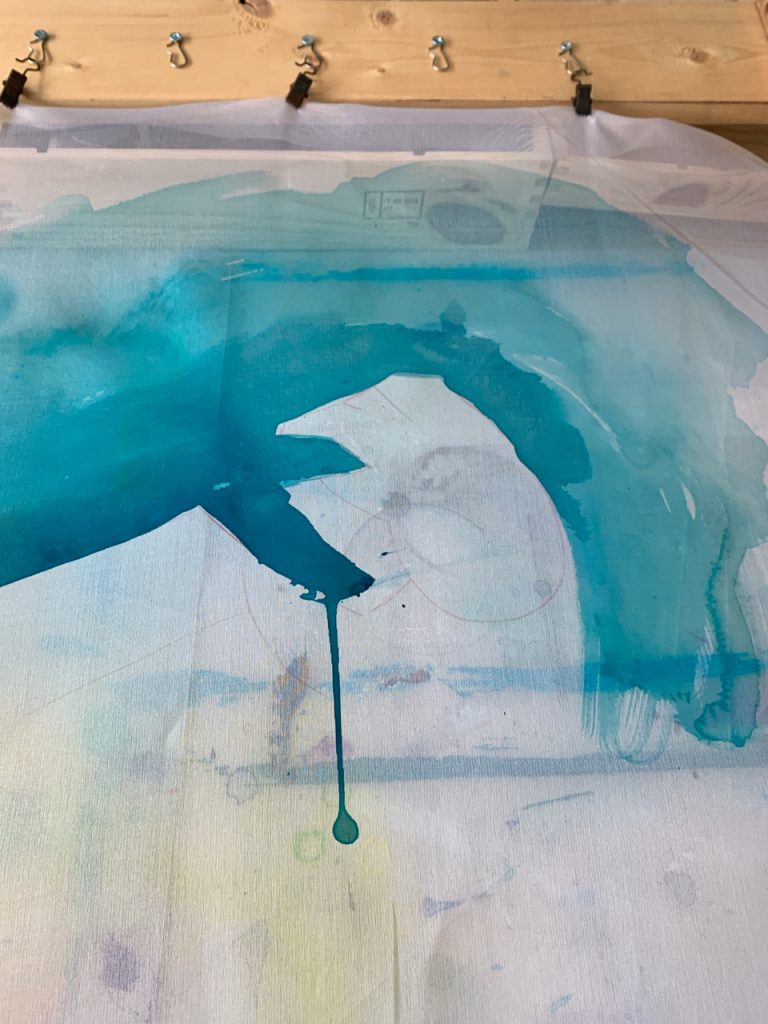
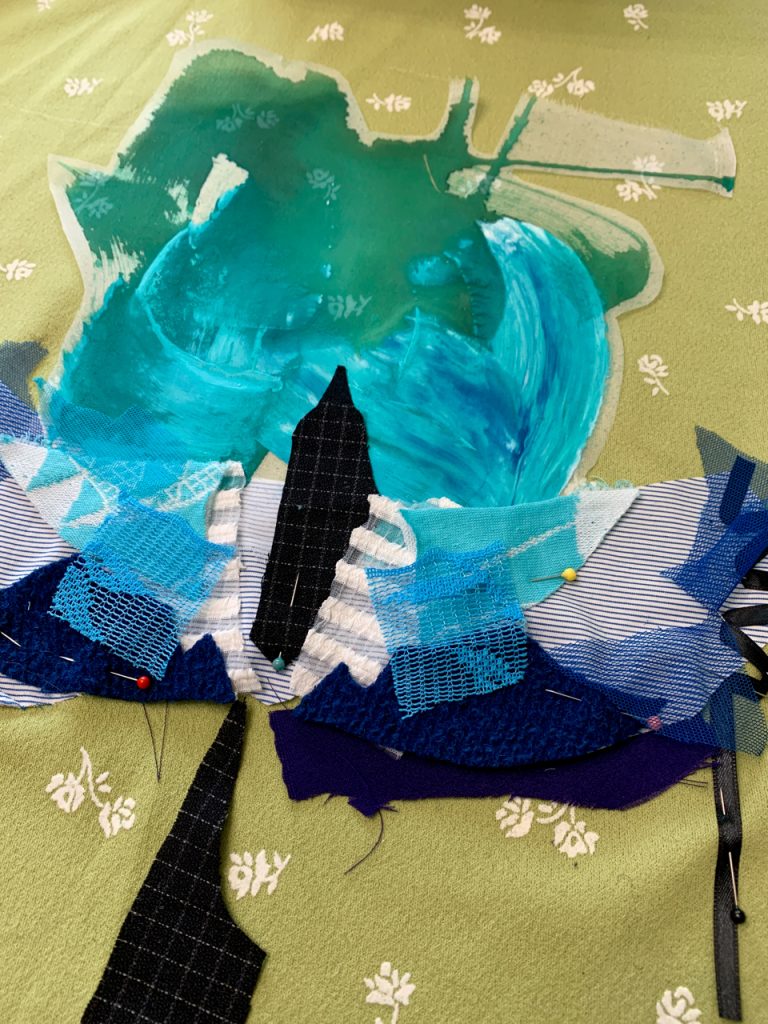

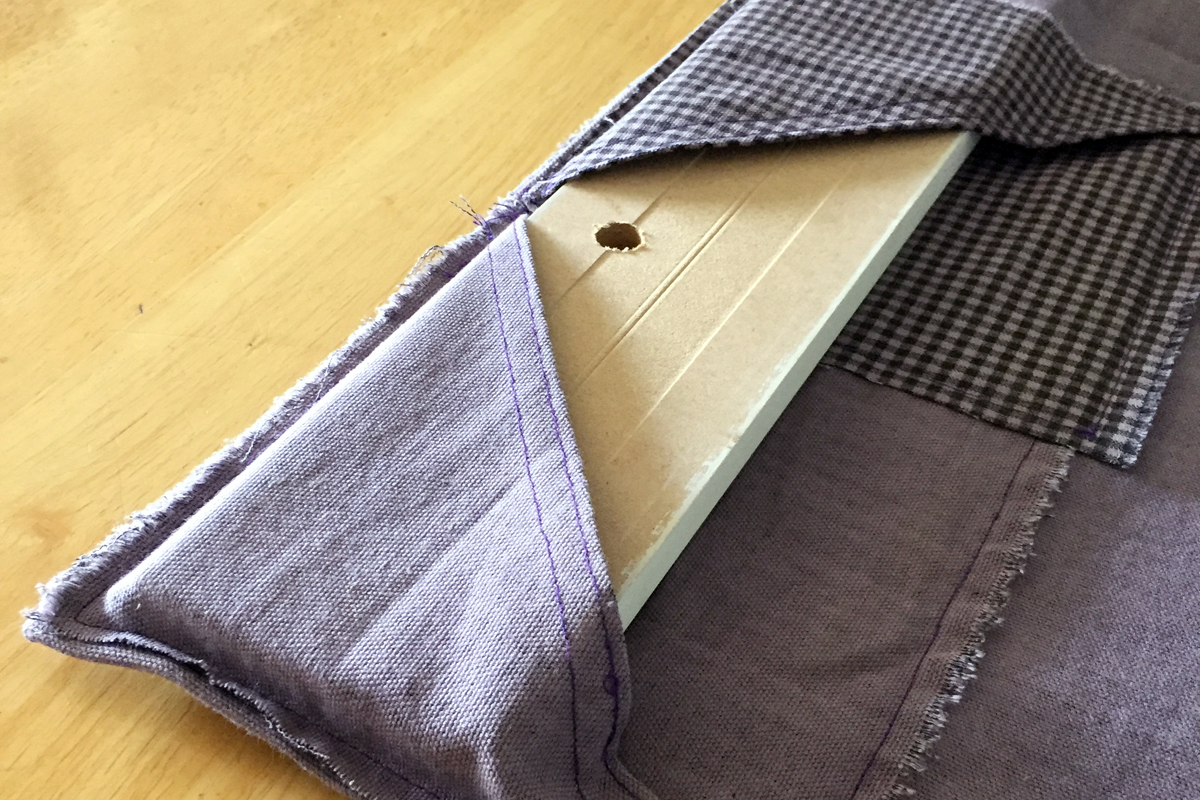
 For small and medium scale pieces (ie smaller than 20” wide) I prefer to hang them framed, as it gives them a bit more visual presence and weight in a room. To hang I have sewn 2-3 velcro tabs near the top edge of the textile art which can be paired with adhesive backed velcro pieces mounted on matt board which is then inserted into a frame. I choose to leave the glass off the frame as I mentioned in the
For small and medium scale pieces (ie smaller than 20” wide) I prefer to hang them framed, as it gives them a bit more visual presence and weight in a room. To hang I have sewn 2-3 velcro tabs near the top edge of the textile art which can be paired with adhesive backed velcro pieces mounted on matt board which is then inserted into a frame. I choose to leave the glass off the frame as I mentioned in the 